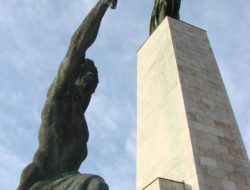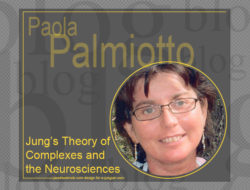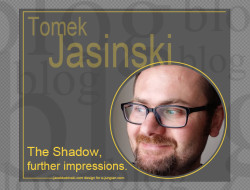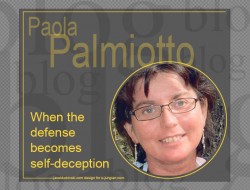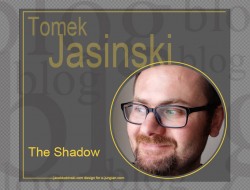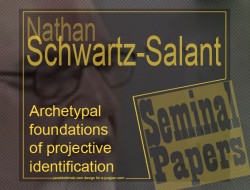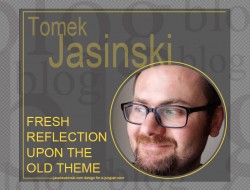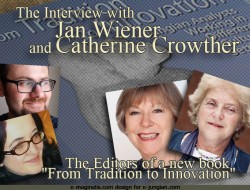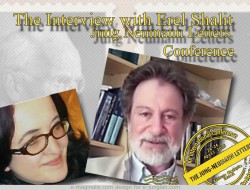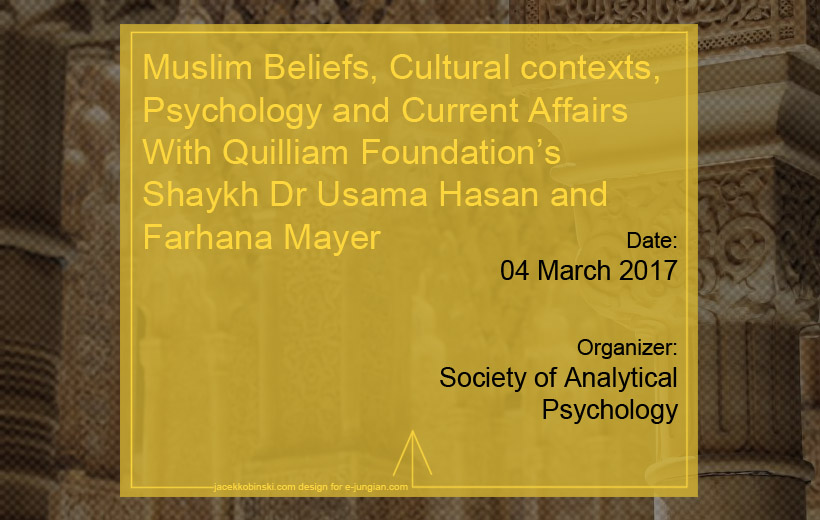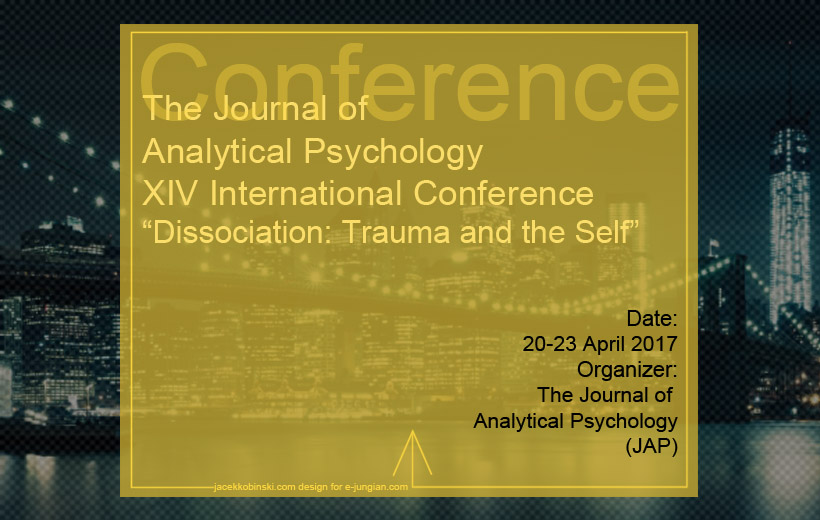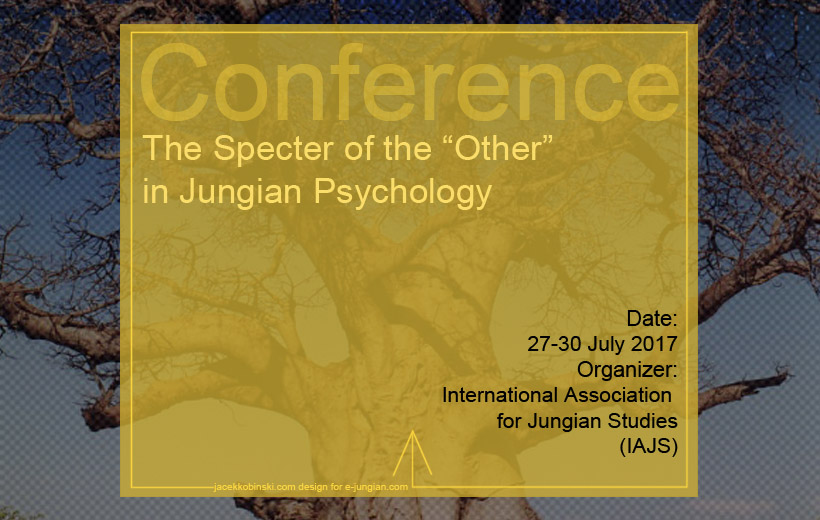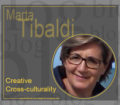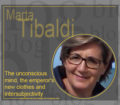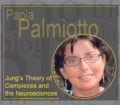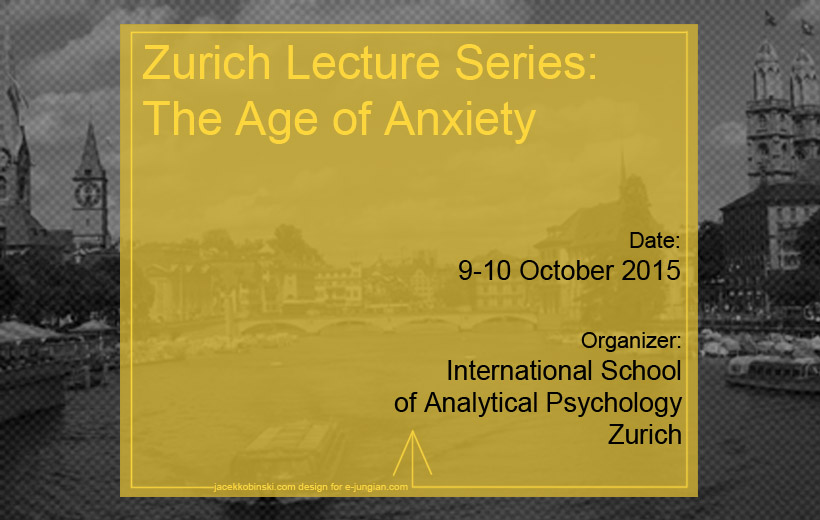
Presented by
International School of Analytical Psychology Zurich
In New York in 1944, the English poet W. H. Auden began working on a long piece, The Age of Anxiety. He structured this dramatic work about four strangers in a New York bar as an examination of the effects of wartime events on inner consciousness. He modeled the four characters on the descriptions of the four conscious functions of the personality described by Jung in Psychological Types (1921). Setting his psychological narrative on All Souls’ Day, Auden plunges readers into a reckoning with the post-traumatic disordering experience of war and searches for a way to dialogue with the dead as inner collective memory. He pushes the narrative towards the emergence of a complexity that philosophy and the science of mind would now define as irreducible, something greater than the sum of its parts.
In 1948, Leonard Bernstein took up the challenges he found in Auden’s Pulitzer Prize-winning poem and extrapolated creatively from its typological voices, dramatic structures and archetypal motifs to compose his second symphony. In turn, Bernstein’s music inspired choreography, first by Jerome Robbins (1950) and later by John Neumeier and the Hamburg Ballet (1979).
In this Zurich Lecture Series, Stephenson offers an introduction to Jung’s types in Auden’s poem and the symphony it inspired. Victoria Harmandjieva and a colleague will perform the symphony, transcribed for two pianos. With words and music, Stephenson explores the use of Jung’s types in The Age of Anxiety and considers the significance in our time of these creative responses to Jung’s theory.


